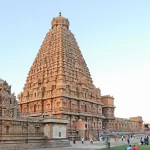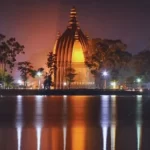The Kohinoor Story
The Kohinoor diamond was mined at Masulipatnam, according to an account written by Theophilus Metcalfe at Lord Dalhousie’s request. It was possessed by several notable Kings, like the Iranian Nadir Shah, as well as the Ghori Dynasty, Timurid Dynasty, and Afghan Durranis, until being purchased by Ranjit Singh from Shuja-ul-Mulk.
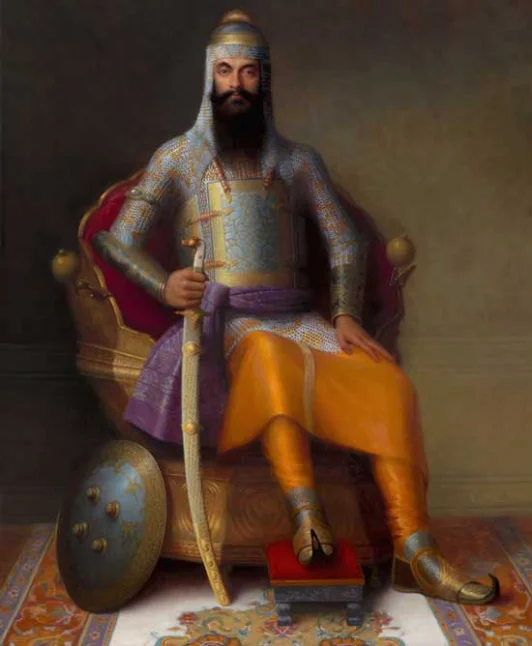
Painting by Manu Saluja
The emperor of India was interested about the gem’s worth. When questioned, Wafa Begum, the adored wife of the Koh-i-Noor’s final owner, responded, “If a powerful individual were to throw 5 stones, 4 in the four directions and 1 upwards in the air, and the area in between had been filled with gold and valuable stones, it still wouldn’t match the value of the stone.”
Ranjit Singh died in 1839. The mighty empire had barely begun to recover from its catastrophic loss when circumstances led it into two lengthy wars.
Following Punjab’s loss in the Second Anglo-Sikh War, the final Treaty of Lahore was concluded. In the third paragraph of the treaty, the British asked that the Kohinoor be handed up to the Elizabeth of England.
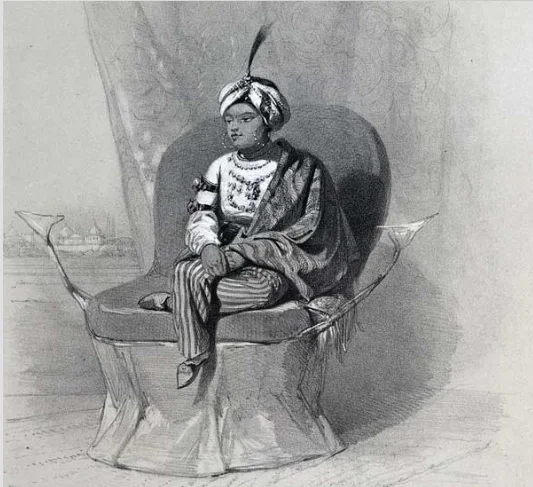
Nnevertheless the terms under which this pact was signed were quite harsh. Not only was an extra regiment stationed outside of Lahore, but the Resident of Lahore was also instructed to establish British authority regardless of the Council of Regency’s decision.
Maharaja Duleep Singh
Maharaja Duleep Singh, the youthful new Maharaja of Punjab, commanded his people with dignity and poise during these discussions.
Dr Login, the Maharaja’s British protector, was charged with the Diamond, which had been seized from the Sikhs under the treaty. the Governor General Dalhousie traveled to Lahore to get the Diamond off him and transport it to Bombay.
The much-coveted Diamond was put in the Bombay Treasury in with the participation of four other officers, including Dalhousie himself.
Transporting the Kohinoor
These four authorities including Frederick Mackeson of the 14th Native Army and James Ramsay of the 22nd Native Soldiers, who served as Military Director to the Governor General.
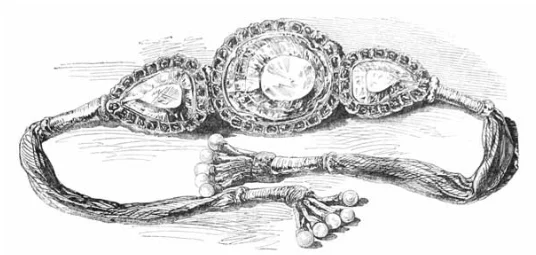
The Governor-General committed them with carrying the Kohinoor to London. The Diamond was placed in a tiny iron box and covered with the Governor General’s seal.
This box was placed into a red despatch box, and was then sealed with crimson tape and his Lordship’s seal. The exterior seal, however, left an unsatisfactory imprint. The crimson despatch box was then placed inside the cabinet and thus sealed.
ALSO READ: Dakshina Meru | The Brihadeswara Temple
However, its recovery was marred by unexpected complications. While taking the box out of the chest, Mr Muspratt, the deputy treasurer, pulled on the lid manage, causing the red tape to tear, the seal to shatter, and the container to open.
Dalhousie, Mackeson, and Ramsay are the only individuals who knew the interior material of the despatch box. Given the Governor-General’s absence, the two military men asked the Treasurer to leave the room so they could study the Kohinoor up close. Once pleased, they took their cargo and proceeded to the ship.
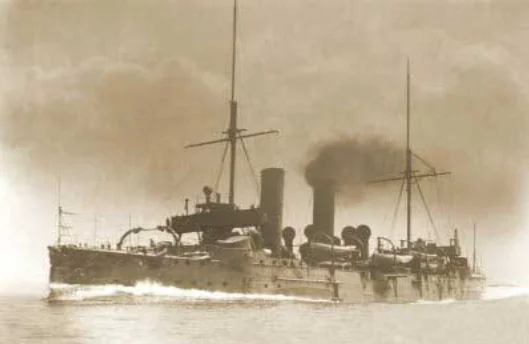
The HMS Medea, commanded by Captain Lockyer, was selected to transport the gem across the oceans. It transported the important jewel to Plymouth, where Mackeson and Ramsay were received by Mr Onslow, Counselor to the Chairman of the East India Company. Mr Onslow was to travel to London as soon as possible with the two guys. At this point, various inconsistencies occur.
The Letters
Mackeson and Ramsay wrote two letters to Melville and Dalhousie, each telling a different account of their journey to London.
The lack of transparency involving the Diamond’s many custodians prior to their arrival in England raised concerns among the Queen’s Board of Directors about the Royal gift’s validity.
These issues were resolved when the Governor General of India. And the spokesman to the Governor General endorsed the two officers’ testimony.
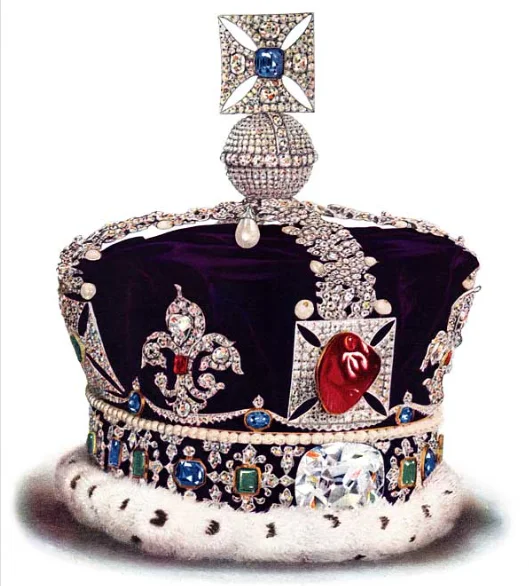
The three men landed in England on June 29, 1850, and entered the India office in London on July 2, 1850. The diamond was presented to the Queen on July 3, 1850, marking the 250th birthday of the EIC.
In 2016, the authorities of India stated that the Diamond wasn’t a gift and was seized forcefully from Maharaja Duleep Singh. They stated that evidence from history did not call into question India’s possession of the Kohinoor.
Recently, we have seen some European nations agree to return antiquities as requested by their former colonies. For example, in December 2018, the French President promised to restore 26 artworks seized from Benin. While a British museum just decided (February 2019) to return Emperor Tewodros II’s hair, shorn from his head, to Ethiopia.
